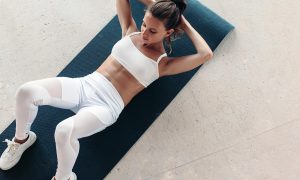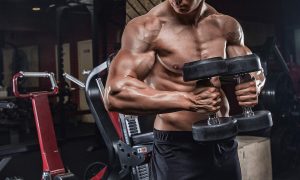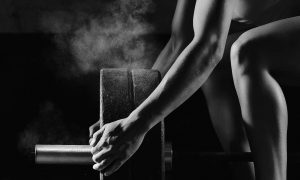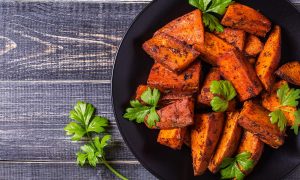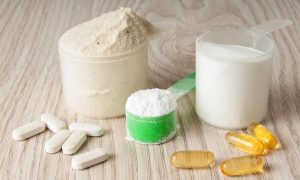Five Of The Most Common Myths In Bodybuilding
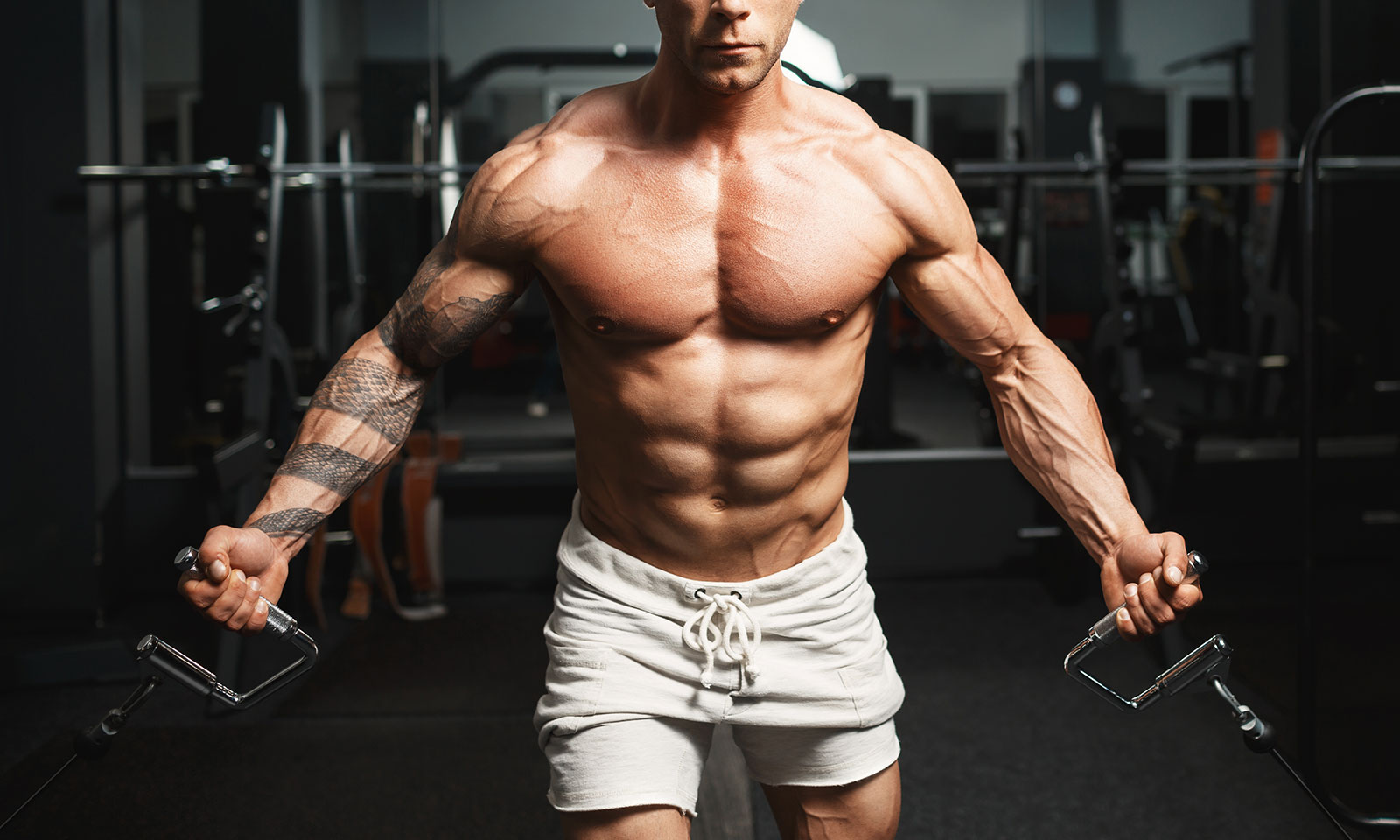
|
|
Ever notice how with bodybuilding, and with sports and fitness in general for that matter, seemingly everybody is an expert on the subject, despite the fact that many people trying to dish out this so-called “expert advice”, look as if they’ve spent far more time on their sofas eating junk food in front of the TV, than they have in the gym working out and keeping fit. Of course it isn’t fair to judge books by their covers, because many people could very well be guilty of simply not practicing what it is that they’re preaching. For the most part however, many people trying to dish out advice are actually pretty clueless and are simply mimicking what their equally clueless friend may have told them, or what they read in the latest newspaper article. There are many common myths and misconceptions regarding bodybuilding, and unfortunately people who aren’t in full possession of the facts buy into these myths hook, line, and sinker. To help clear things up once and for all, and to help prove that not everything you see, read, or are told is true, take a look at these five examples of the most common myths in bodybuilding, and why it is that they are such complete and utter nonsense.
High reps are for definition and low reps are for strength and size

This particular myth is most certainly one of the most common myths, and perhaps most worrying of all is that it actually regularly appears in a number of what should be pretty credible and reputable sources in the health and fitness world. You simply can’t choose certain exercises and reps which will all of a sudden determine whether your muscles become defined or whether or not they grow and become stronger. That’s like telling a guy with 40% body fat that if he keeps lifting light weights and performing 15 – 20 reps per set, he’ll suddenly become toned and shredded. You’d be far better off telling him that cardio is the better option, because in order for our muscles to become defined, we need to strip away the fat covering them. Light weights and high reps will help burn calories, but so will low reps and heavy weights. If you want to grow you have to force your muscles to work harder, and if you want to get leaner and more defined, you should continue to lift in a similar fashion, with the addition of extra cardio for fat loss.
You can only eat at specific times of the day to grow
What a complete load of rubbish this next myth is. You’d be amazed by just how many people will tell you that you have to eat certain foods at certain times of the day in order to grow, and if you were to miss a meal by an hour and eat an hour later, you may as well have skipped it altogether. Again, complete rubbish. How do these people know what time you wake up in a morning, what time you go to bed at night and what time you actually train? Meal timing is important I.E spacing meals out every three hours, consuming protein immediately after a workout etc, but saying that you should eat a meal at 7pm each night, no matter what, is complete lunacy.
Anymore than 30g of protein is a waste

Although they’re on the right lines with this next myth, it’s still not entirely accurate. Yes, the body can only absorb a certain amount of protein per sitting, but saying that it can only absorb 30g is simply not true. Studies have found that an average of 30 – 45g of protein per sitting is far more plausible, with some people even making use of 50g per sitting. Put simply, don’t try to consume vast amounts of protein in one sitting, but at the same time, don’t freak out trying to get your protein consumption as close to 30g as you possibly can. Aim for between 30 and 40g to be on the safe side, and you should be absolutely fine.
You can turn fat to muscle
This next myth is also used pretty frequently and again it is 100% not true. Individuals carrying a lot of body fat will say things like “I’ll start lifting weights and turn the fat into muscle”. No, no, and NO! Fat is fat, and muscle is muscle. You can’t suddenly change the molecular structure of either one. You can BURN fat and REPLACE it with muscle, but you cannot turn fat into muscle and anybody who tells you that you can is talking complete and utter rubbish to be perfectly blunt.
If you’re sore you shouldn’t train
If real bodybuilders actually listened to this myth and only trained when they weren’t sore, they’d only lift weights once or twice per week. When we exercise and lift weights, we experience delayed onset muscle soreness, or DOMS, following our workouts. Suffering from DOMS is a sign that your previous workout was effective and that you worked the muscles you needed to work. After training you may wake up a little sore, but that should not prevent you from training and it certainly won’t do you any damage. If you’re in real pain however, that’s different, but sore muscles are not a valid excuse for skipping the gym, so stretch out a little, make sure you warm up, and before you know it you’ll be training your next body part and won’t feel a thing, until the next morning that is.



